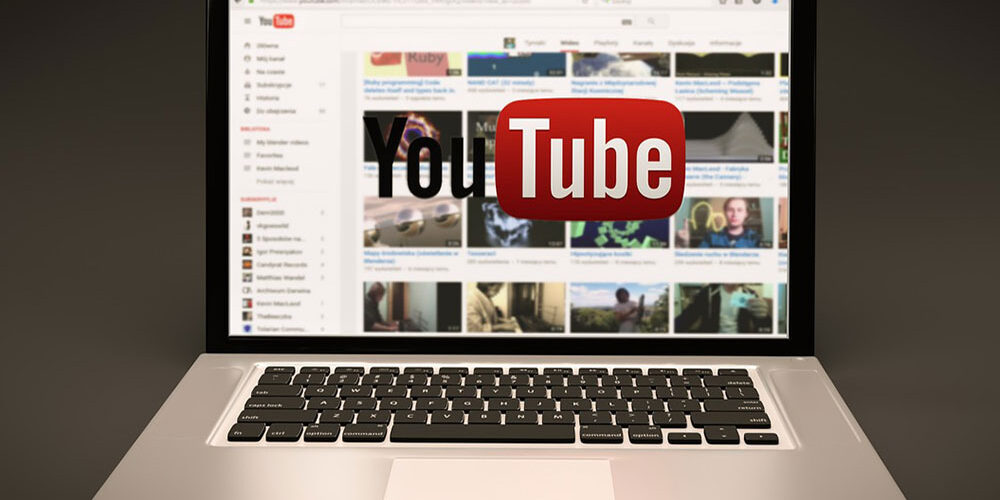In today’s digital age, leveraging social media platforms for business growth is a must.
YouTube, with its vast user base and extensive reach, can be a powerful marketing tool for almost every kind of business.
If you know that YouTube could probably help your business but haven’t explored its potential yet, this guide is for you. Let’s dive into the basics of using YouTube to promote your business effectively.
Why Use YouTube for Business?
YouTube is more than just a video-sharing platform; it’s the second-largest search engine in the world, right after Google. With over 2.5 billion logged-in monthly users, it offers unparalleled opportunities for businesses to connect with their audience, build brand awareness, and drive sales.
The Benefits of Using YouTube as a Marketing Tool
A Wide Reach: YouTube’s vast audience allows you to reach potential customers across the globe.
Enhanced Engagement: Videos are more engaging than text, leading to better audience retention.
SEO Benefits: YouTube videos can improve your search engine rankings, making your business more discoverable.
Cost-Effective: Creating and sharing videos on YouTube can be more affordable than traditional advertising methods.
Getting Started: How to Use YouTube for Business
1. Create a YouTube Channel for Your Business
To start using YouTube to promote your business, you’ll need to create a dedicated YouTube channel. Here’s how:
Sign In to YouTube: Use your Google account to sign in.
Create a Channel: Click on your profile picture and select “Your Channel.” Follow the prompts to create a new channel for your business.
Optimize Your Channel: Add a compelling channel name, profile picture, and banner that reflect your brand. Fill out the “About” section with a brief description of your business, including relevant keywords.
2. Plan Your Content Strategy
A well-thought-out content strategy is crucial for success on YouTube. Consider the following steps:
Identify Your Audience: Understand who your target audience is and what kind of content they are interested in.
Content Types: Decide on the types of videos you’ll create, such as tutorials, product demos, behind-the-scenes footage, customer testimonials, and more.
Content Calendar: Plan a content calendar to ensure consistent uploads. Regular posting helps maintain audience interest and engagement.
3. Create High-Quality Videos & Shorts

Quality is key when it comes to YouTube videos. Follow these tips to create engaging and professional videos:
Scripting: Write a script or outline to ensure your video is well-structured and informative.
Equipment: Invest in good-quality equipment like a decent camera, microphone, and lighting to improve video and audio quality.
Editing: Use video editing software to polish your videos, add graphics, and include calls to action.
4. Optimize Your Videos for Search
To maximize visibility, optimize your videos for YouTube’s search algorithm:
Titles: Create compelling and descriptive titles that include keywords relevant to your business.
Descriptions: Write detailed descriptions with relevant keywords and links to your website or social media.
Tags: Use tags to help YouTube understand the content of your video and improve its discoverability.
Thumbnails: Design eye-catching thumbnails to attract viewers’ attention.
5. Promote Your Videos
To reach a broader audience, especially for a new or small YouTube account, promoting your videos is essential.
Possible ways to promote your videos:
Social Media: Share your videos on your social media platforms to drive traffic.
Collaborations: Partner with influencers or other businesses to expand your reach.
Email Marketing: Include your latest videos in your email newsletters.
6. Engage with Your Audience
Engagement is crucial for building a loyal community:
Comments: Respond to comments on your videos to foster a sense of community.
Q&A Sessions: Host live Q&A sessions to interact with your audience in real time.
Polls and Surveys: Use YouTube’s community tab to conduct polls and surveys to understand your audience better.
7. Analyze Performance
Regularly analyzing your video performance helps refine your strategy:
YouTube Analytics: Use YouTube Analytics to track metrics like views, watch time, audience demographics, and engagement.
Feedback: Pay attention to viewer feedback to understand what works and what doesn’t.
Conclusion
Using YouTube for business can really boost your online presence and drive growth. By creating valuable content, optimizing your videos, and engaging with your audience, you can harness YouTube as a powerful marketing tool.
Remember, consistency and quality are key. Keep experimenting, analyzing, and refining your strategy to achieve the best results on YouTube.

